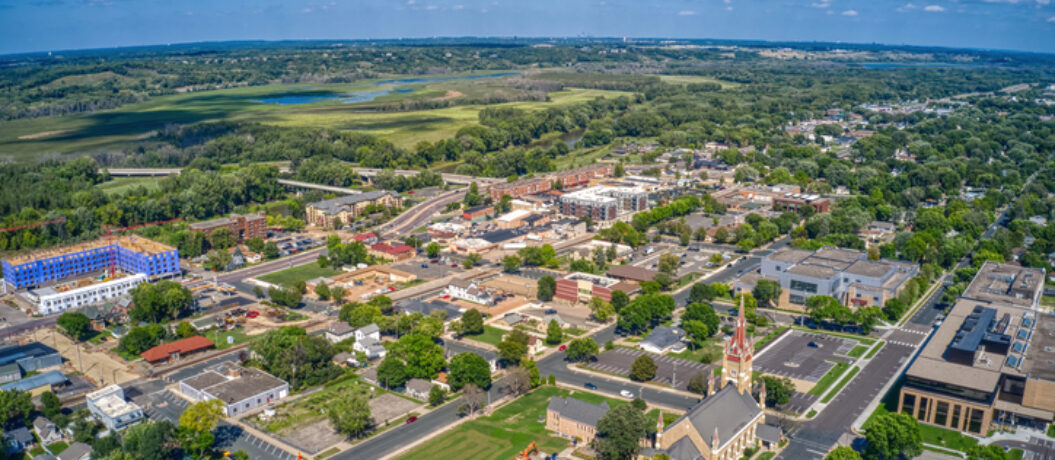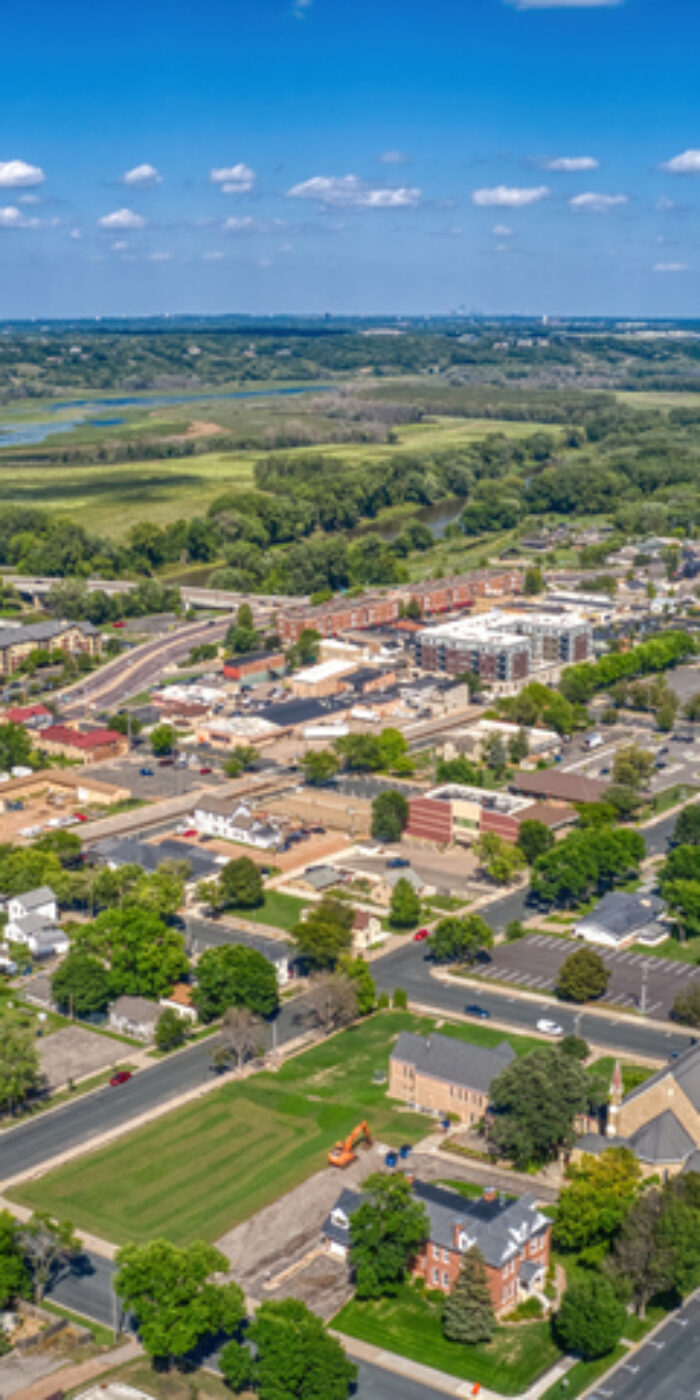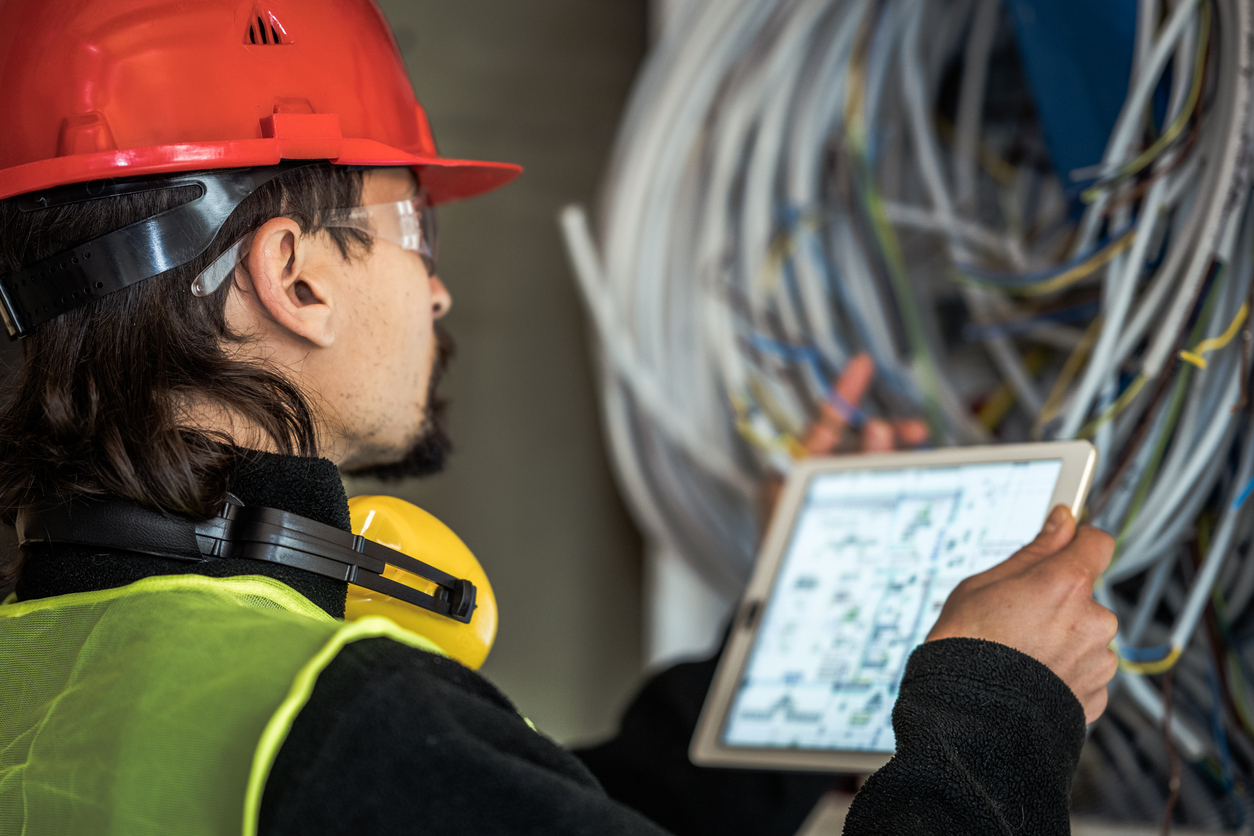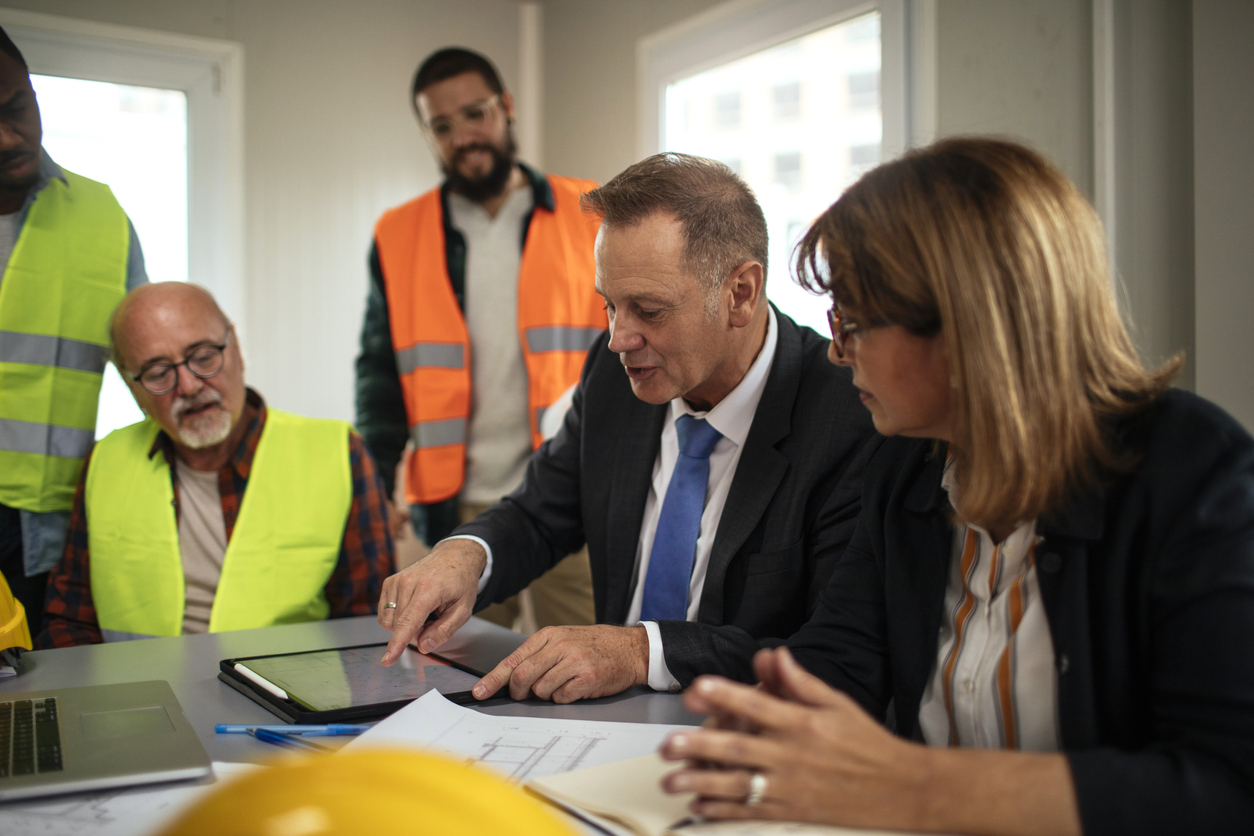There has been an explosion of popularity in crowdsourcing and sharing – we’ve seen ridesharing and even homesharing, and you may have heard of all manner of projects being funded via websites like Kickstarter and GoFundMe – these microloans can give instant momentum to entrepreneurs who may not be able to launch their ideas otherwise.
What else can be shared? How can you use crowdsourcing to your city’s advantage?
What problems does crowdsourcing solve?
There are a lot of different things you can source from the crowd. Here are some specific examples organized into five categories: crowdsourcing for ideas, work, opinions, money and data.
Ideas
- Governments can put their problems and data out in the open so that citizens can create their own apps to solve them.
- Suggestion box in a mobile app.
- Real Life Example: Seattle’s Department of Neighborhoods sources project ideas from the community via its website
Work
- Volunteers can be engaged and coordinated more easily using technology.
- Real Life Example: New York City, in addition to providing a map of every single tree in the city, encourages citizens to report problems with trees. It offers guides for tree maintenance and links citizens to urban forestry stewardship groups.
Opinions
- Polling is perhaps the oldest form of crowdsourcing, and can be a yardstick for the success of your policies and campaigns.
- Individual biases are mitigated by aggregating the community’s responses.
- Machine learning and language processing advances are enabling automatic analysis and codification of texts including topics on social media.
Money
- Crowdfunding has grown quickly over the past decade, and is estimated to be a billion-dollar industry in the US alone.
- Real Life Example: Boston, L.A. and other cities have used crowdfunding to finance public projects to do things like identify and create community “third spaces” – those places where you encounter other people and basically hang out (whether in public or in cyberspace).
Data
- Apps like Waze crowdsource data from users about traffic congestion and potholes. A recent partnership with Esri could make this data available to cities in real time.
- Many cities have rolled out apps and websites to give citizens information about government services and also to allow citizens to submit service requests to fix problems in their community.
- Real Life Example: Portland, Oregon and some other cities like Atlanta, Austin, Oakland, and Raleigh allow cyclists to log the stress of their rides which can then be aggregated into a map to help other riders find low-stress routes (and potentially to help cities improve the high stress routes).
What specific steps can my city take?
Look at your existing city services and decide which would be good candidates for automation. Usually the obvious ones are the information-related services, such as helpdesks. If you are spending a lot of time just answering questions, maybe a website would better serve the public.
Engage your community of volunteers through events and communication. You probably have a lot more people willing to help than you think – you can harness their time better with modern technology, which could be a great application for social media.
Start a website to post and receive relevant information from the public.
Offer some smart phone apps to the public. If you don’t want to get into making your own (which has no small cost) there are a lot of different companies that have boilerplate apps and websites that they can customize for your city services.
If the success stories from these other departments and cities have you interested in making your city smart, you’re not alone.
At AssetWorks, we know that industry-leading technology and organizational innovation are necessary for success in a rapidly changing society. Our Enterprise Asset Management (EAM) software comes equipped with the tools you need to start making real change in your city. EAM includes complete asset life-cycle management, with budgeting, acquisition, capital improvement, campaigns and disposal management. Importantly, EAM comes with calendar functionalities, Esri GIS integration and more!












